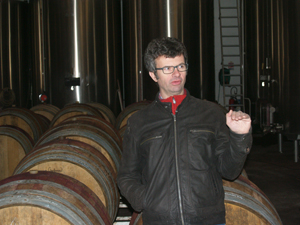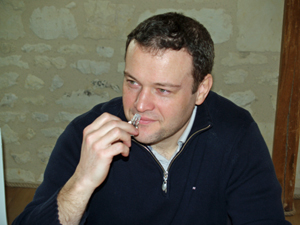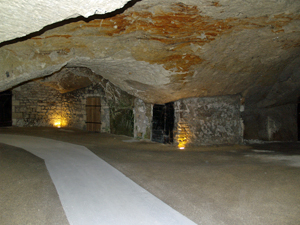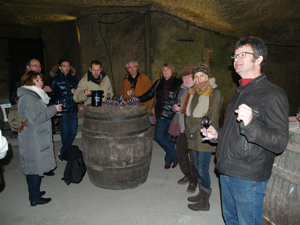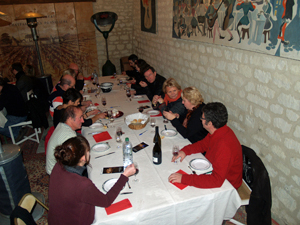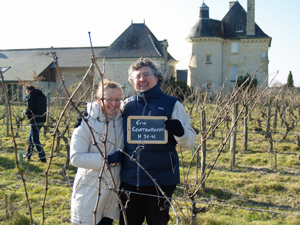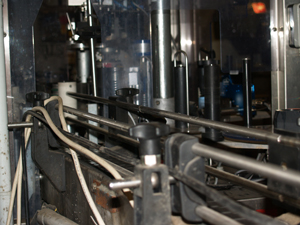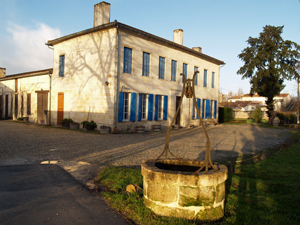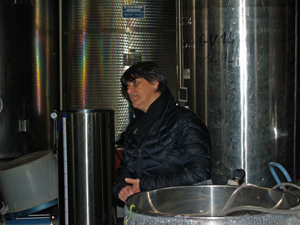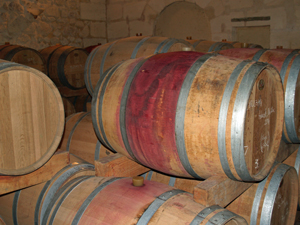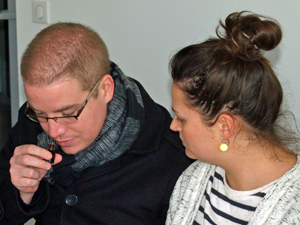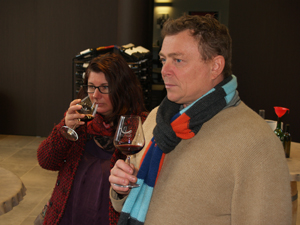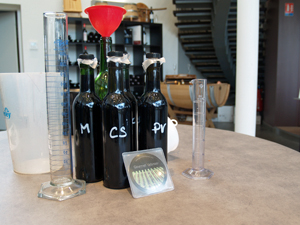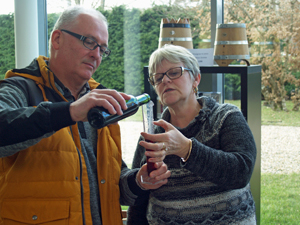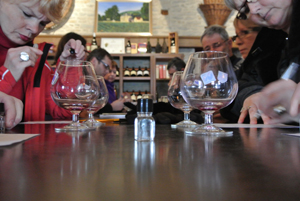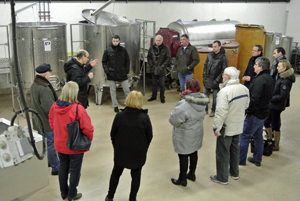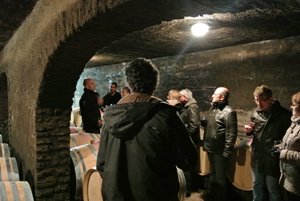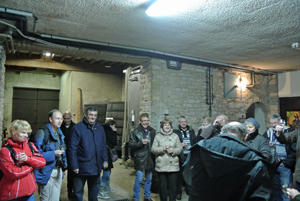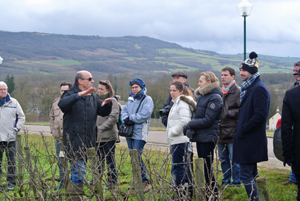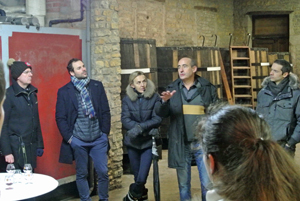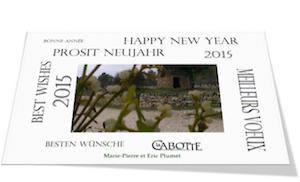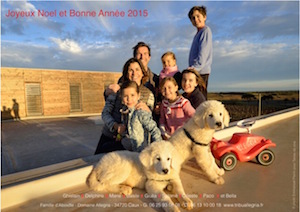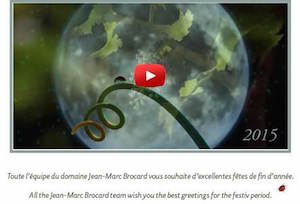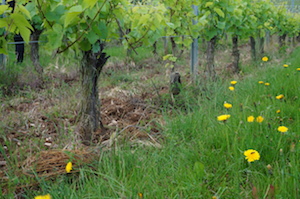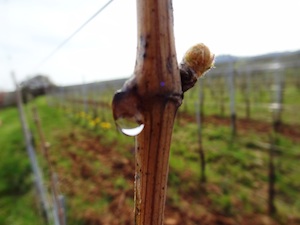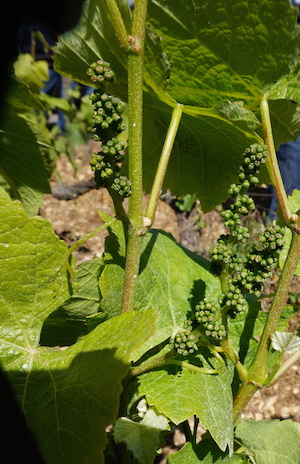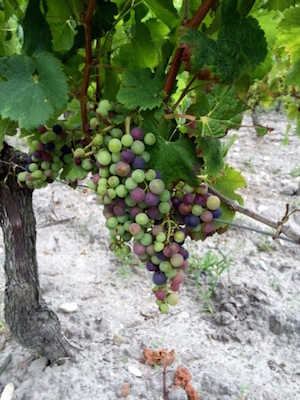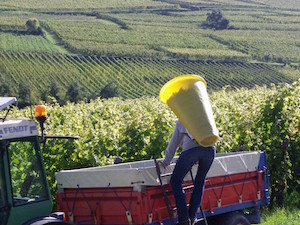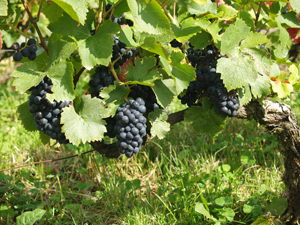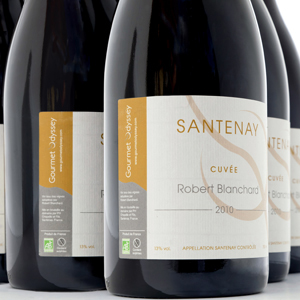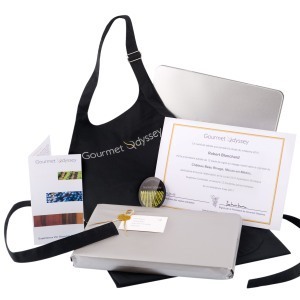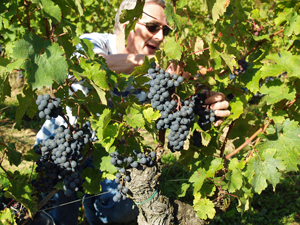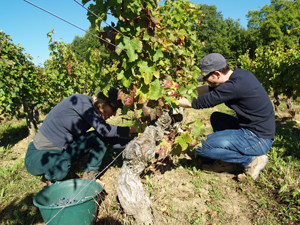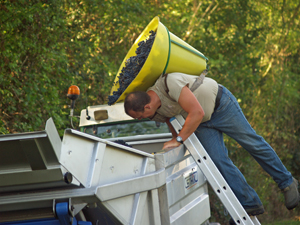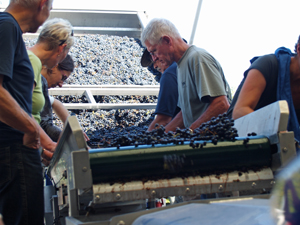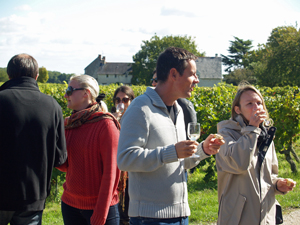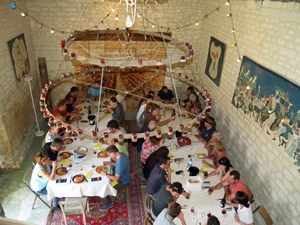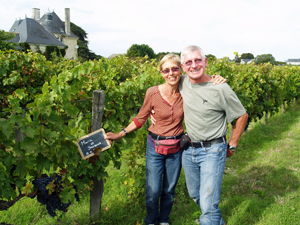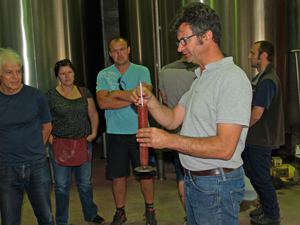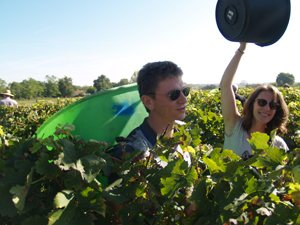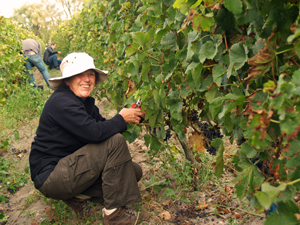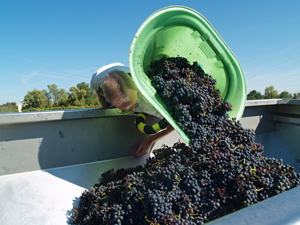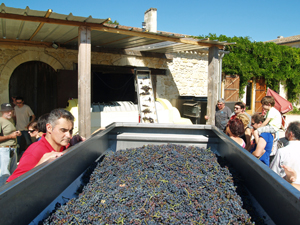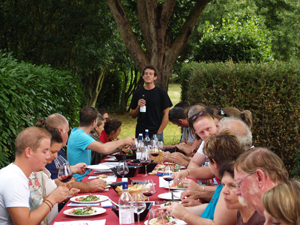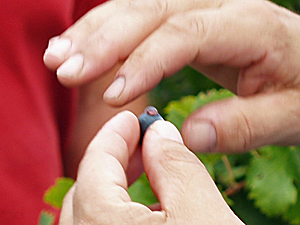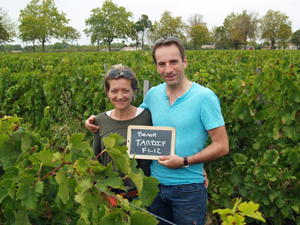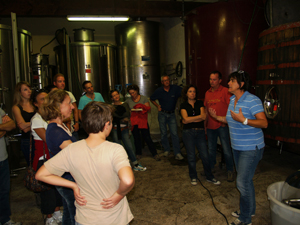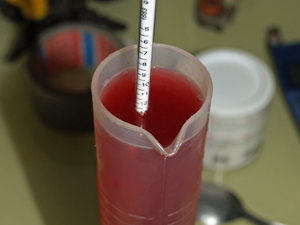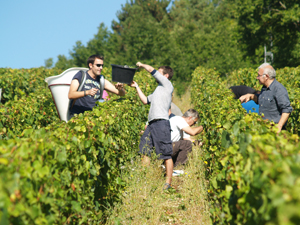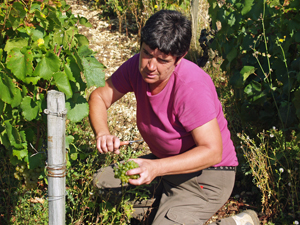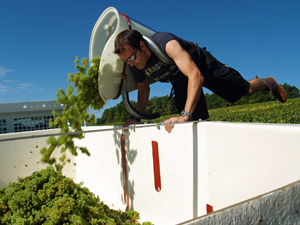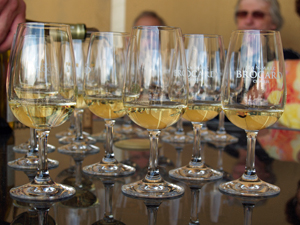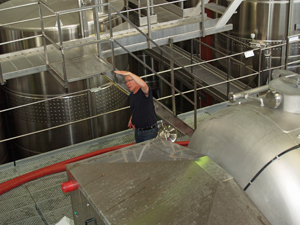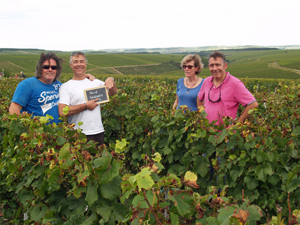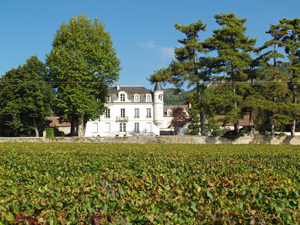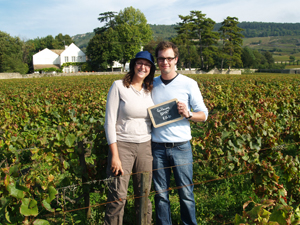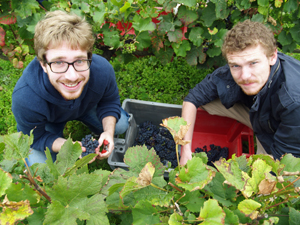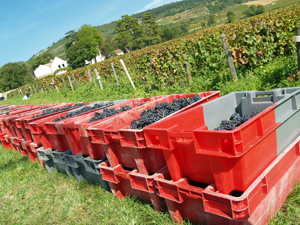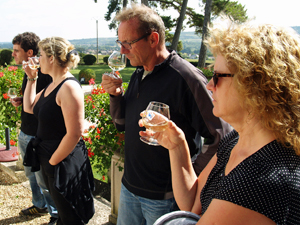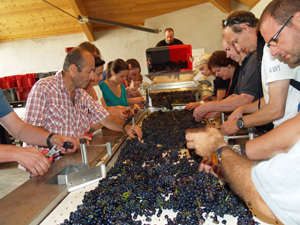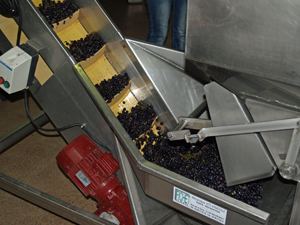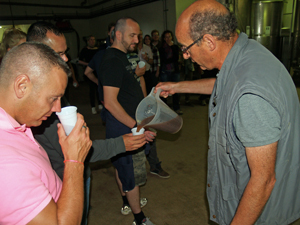St Valentine's Day this year saw a small group of wine lovers get together in the Rhone Valley at Domaine la Cabotte for a Vinification Experience Day. This wine course is the third and last in the Gourmet Odyssey Wine Experience, the aim of which is to demystify the work of the winemaker during the vinification and ageing stages of making wine. We had the perfect hosts for such an occasion in Marie-Pierre and Eric Plumet, two passionate winemakers who speak with sincerity and conviction about their profession.
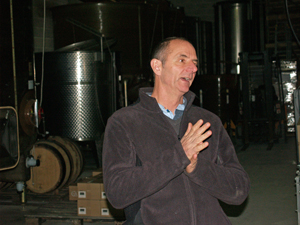
The day began in the chai where we learnt how the wine is worked during the fermentation period. The winery is both organically and biodynamically certified, and so Eric also took the opportunity to explain the fundamentals of biodynamic farming. The winery makes red and white wines, and for the first time for many years, has added a rosé wine to the range for the 2014 vintage. Eric & Marie-Pierre told us of the different techniques required in making each of these types of wine. Stéphanne taught us how to taste wines properly, and we finished with a tasting of the Sauvageonne 2014 white wine directly from the barrel.
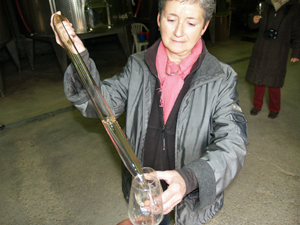
Back in the warmth of the boutique, we put our noses to the test. With the help of some small flasks, we had to identify twenty different aromas that can be found in white and red wines, a task more difficult that it seems, but always fun to try!
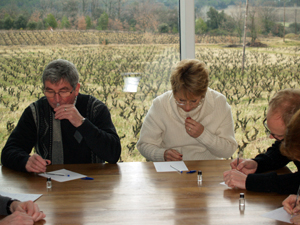
Next, we continued with the tasting of wines that are still in the process of ageing. We tasted three red wines from the 2014 vintage, the Garance, Gabriel and Châteauneuf du Pape Vielle Vignes. Eric & Marie-Pierre talked us through the different blends used for each wine, and the characteristics that each grape varietal brings to the wine.
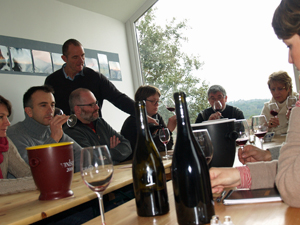
The Colline 2014 red wine had been bottled just a week before, and so before lunch, we took the opportunity to give it its first tasting. A very fruity and fresh wine which had opened up nicely despite its young age. We then tasted the Colline 2014 white wine, followed by the Garance 2013, Gabriel 2012, Châteauneuf du Pape Vielles Vignes 2012 and the new Colline 2014 rosé wine during the meal.
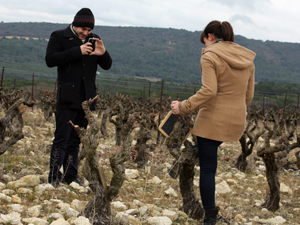
To help us digest all of that, we started the afternoon by taking some fresh air. We first visited the vineyard plot where our adopted Grenache vines are to be found. Eric then took us on a stroll around the vineyard to learn more about the geology, terroir and the biodynamic practices used.
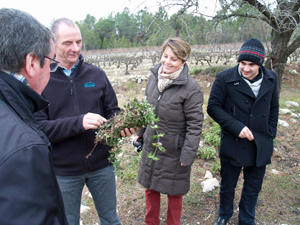
The day finished back where we started, in the chai. Eric explained how the wine is bottled and the importance in choosing the correct corks. Marie-Pierre also showed us the labelling machine in operation.
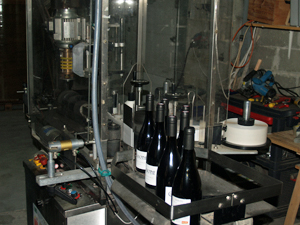
So another very instructive day, full of interesting information. As usual, many thanks to Eric and Marie-Pierre, and to all of our participants for a thoroughly enjoyable day.



